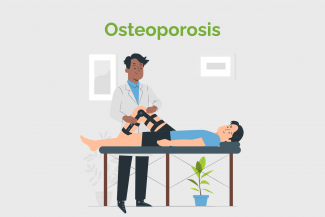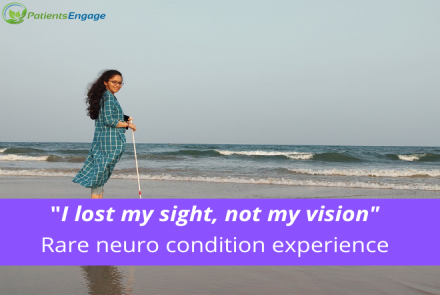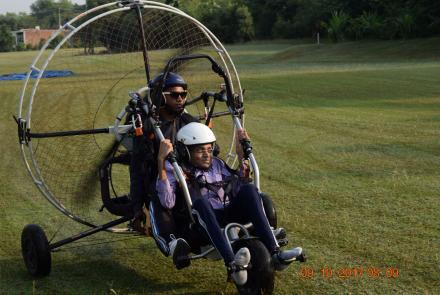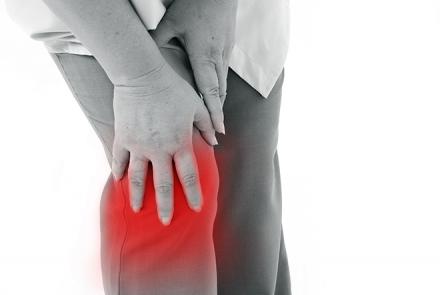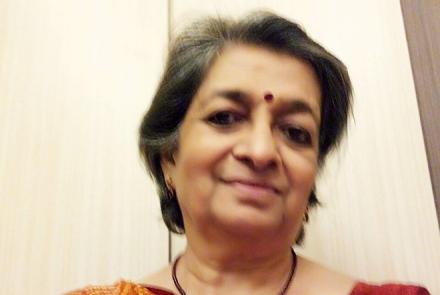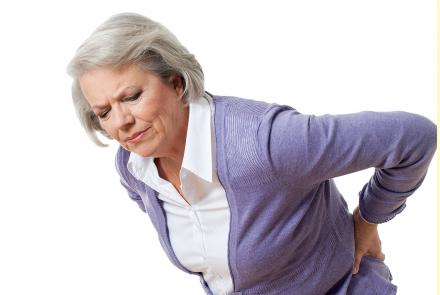
Treatment of osteoporosis may include combination of therapies based on level of bone loss aiming to slow down bone loss and strengthen the existing bone tissues. The most important part of treating osteoporosis is preventing bone fractures.
Pharmacological treatment:
1. Adequate amounts of calcium (1500-1800 mg daily) and vitamin D (400-800 IU). Calcium can be increased through diet and/or calcium supplementation.
2. Antiresorptive medications primarily decrease the rate of bone resorption. These include:
- Bisphosphonates- These are commonly prescribed medications that help to slow down bone loss and reduce the risk of fractures.
- Selective estrogen receptor modulators (SERMs) - Medications like Raloxifene can help preserve bone density and reduce fracture risk, particularly in postmenopausal women.
3. Anabolic medications increase bone formation more than bone resorption. These are used in patients with higher risk of fractures.
- They are synthetic forms of a hormone called parathyroid hormone (PTH), which is naturally produced by the body.
- Teriparatide and Abaloparatide are commonly used drugs to treat osteoporosis. It stimulates the osteoblasts to produce more bone and helps to balance the activity of osteoclasts, which are cells responsible for breaking down old bone. This results in an overall increase in bone mass and strength.
4. Hormone replacement therapy: It can be administered as oral medication, gel, patches or vaginal cream.
- Estrogen is commonly used alone or with combination of progesterone. Estrogen helps to maintain bone density and reduce bone loss in women, especially during menopause when estrogen levels decline.
- Calcitonin hormone helps to regulate calcium levels in the body. It inhibits the activity of osteoclasts, prevent bone loss and preserve bone density. It is available as a nasal spray or by injection.
5. Monoclonal antibodies:
- Denosumab –It is an injection given once in 6 months to postmenopausal women and in men. It makes the bones strong and reduces the risk of fractures.
- Romosozumab – It inhibits the protein sclerostin (inhibits activity of osteoblasts) and promotes bone formation.
Newer agents promise to increase bone mass to an even greater degree than those currently used and will be available soon. Speak to your doctor about the latest medications available.
Surgical therapy:
Surgical approach will vary depending on the severity of osteoporosis, chances of prognosis, age and presence of other health conditions.
Joint replacement surgery - For severe osteoarthritis or fractures involving the hip or knee joints, joint replacement surgery may be necessary to improve mobility and relieve pain.
Spinal fusion – In cases of severe spinal deformity or instability due to osteoporosis-related fractures, spinal fusion surgery may be performed to stabilize the spine.
Vertebroplasty - These procedures involve injecting bone cement into fractured vertebrae to stabilize them and relieve pain. Image shows how bone cement is injected in vertebras.
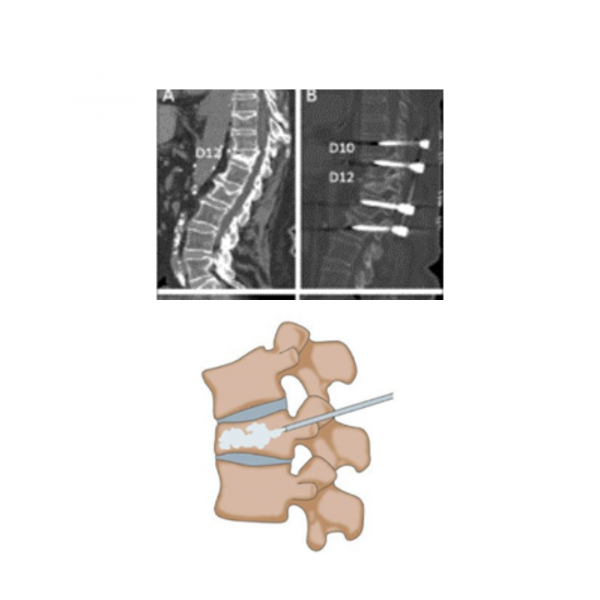
Non-pharmacologic treatments
Exercise is one of the best methods to strengthen bones and muscles, so it is a good suggestion for people with osteoporosis. For more on dietary and lifestyle changes, read Management of Osteoporosis.
Regular monitoring and follow-up with healthcare providers is essential for optimal management of osteoporosis.

